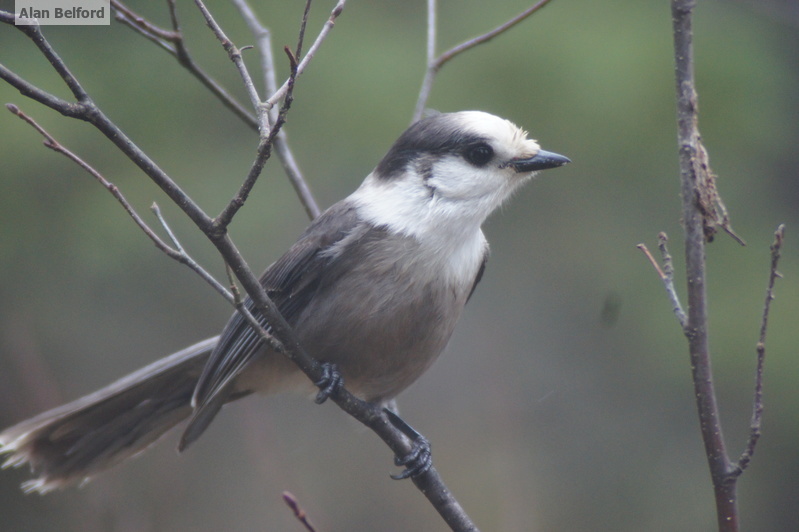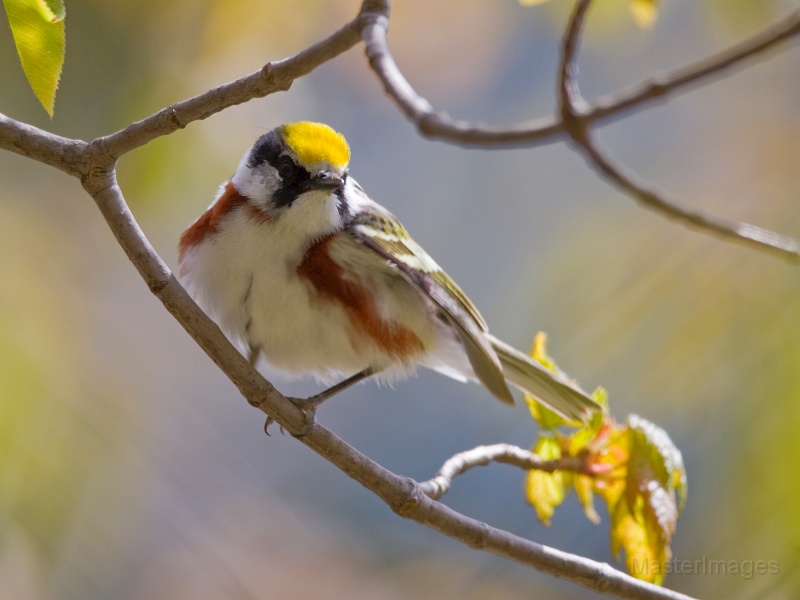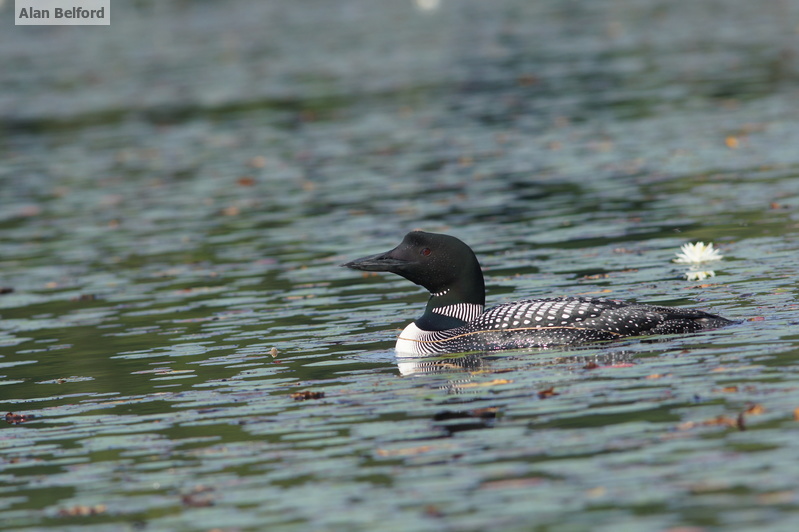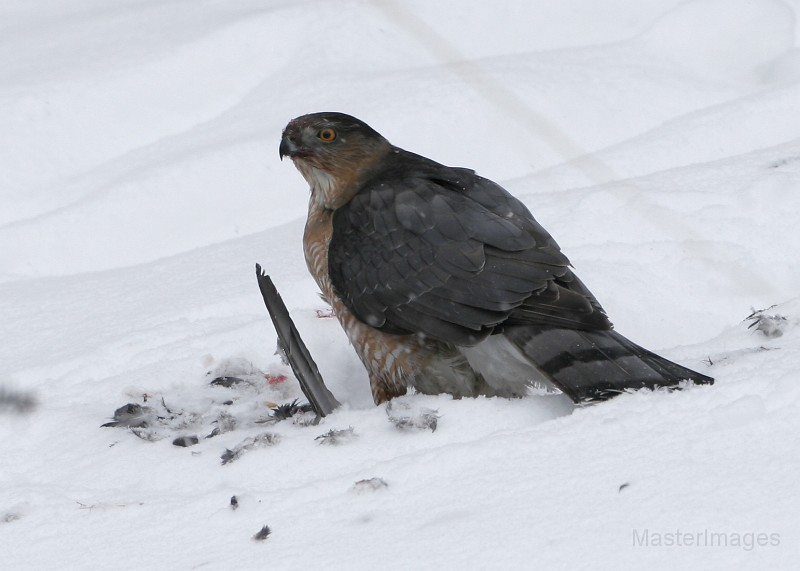Starting At Sabattis Bog
I had work to do in the middle of the Adirondacks the other week, and so Wren and I began our trip by birding our way south through northern Hamilton County. We started at Sabattis Bog where we walked the road on the quiet morning. It was sunny but cool, and we only had one car pass by us while we were there, allowing us to explore undisturbed. And while the birds were somewhat quiet, I began to check off many usual bog species as we went. I heard multiple Lincoln's Sparrows, Palm Warblers, White-throated Sparrows, and Nashville Warblers, as well as Blue-headed and Red-eyed Vireos, Common Yellowthroat, and a Yellow-bellied Flycatcher.
More surprising than all of these was a Black-billed Cuckoo calling from the forest on the far side of the bog and our stop there was also highlighted by a family of four Gray Jays – the parents appeared to be trying to teach their two young how to beg food off humans. They eventually flew off and we moved down the road.
A Hike Before A Swim
Our next stop was along Round Pond Road. Here, a yellow DEC gate marks access to a wide set of gravel roads through easement land – taking birders through a variety of nice habitats as they hike the easy route. The day was beginning to warm – further hushing birds up – but we continued to add to our list of warblers with Magnolia, Chestnut-sided, Canada, Black-throated Blue, and Northern Parula in addition to several more Yellow-rumped. Many of the other species were the same as we had at Sabattis, but we also stumbled across a mother Ruffed Grouse with six fair-sized chicks scurrying from the edge of the road up and over logs and out of sight – a few of them flying to low limbs - while she gave soft calls to gather them back together. Rather than to fluster them anymore then we already had, I decided to turn around and leave them at peace. The flies were starting to become a nuisance to Wren anyway, and I wanted to take her for a swim at the DEC boat launch on Little Tupper Lake.

The beach of the boat launch is a great spot for such a diversion and I took a few minutes to look over my maps and plans for the day while Wren cooled herself off in the lake. The DEC complex (the headquarters for the William C. Whitney Wilderness Area) also has nice bathrooms and good water for folks who are out for the day – or for those heading out for multiple days. In fact, Wren soon became the entertainment for a group of paddlers about to embark for several days into the Wilderness Area . They laughed as she dug in the sand and then they threw sticks for her to chase. Eventually they set off and Wren entertained herself while I finished up my note-taking. While we were there we found a variety of the usual birds in the DEC complex including singing Pine Warblers and a chattering Merlin calling from the tops of the pines. And just when we were about to leave, a mother Common Merganser paddled by with six young in her wake – it seemed it was a day for finding large families.
A Neighborhood-disturbing Cooper's Hawk
We continued south and, noting that the gate to John Dillon Park was open, I went in to check it out. By this point it was early afternoon, so our 2-mile drive on the dirt roads through the property was largely quiet - accented by a few Black-throated Green Warblers, Hermit Thrushes, and more Blue-headed and Red-eyed Vireos. We stopped at the headquarters lodge to talk about their camping facilities and to check out the boat launch at Grampus Lake where I watched two Common Loons on the lake and a cluster of Chimney Swifts feed in the air above them.
The drive out was quiet as well, but the stillness was soon punctuated by the strident yells of Blue Jays – clearly they were upset about something. I slid the car slowly down the road and I could see a few Blue Jays dive-bombing something on the ground, but I couldn't see what it was. I wondered if perhaps it was a predatory mammal or maybe they had found an owl out in the middle of the day. They were positively screaming at whatever it was. And then as I crested a small rise I could see down into the woods where the Blue Jays were so upset – and there on the ground with a freshly killed Blue Jay in its talons was an adult Cooper's Hawk – looking harried even though its hunt had been a success. I reached for my camera, but it was up and gone in an instant with the Blue Jays crying at its heel. They had lost one of their number and were trying to press the Coops out of their neighborhood. It would have to lose them before it could enjoy its meal with any peace. And so with the excitement surrounding the Cooper's Hawk to spur us on, we continued south in search of more adventures.
Plan your late summer and early fall outdoor recreation adventure today! Check out our birding, lodging, and dining pages to learn more!






